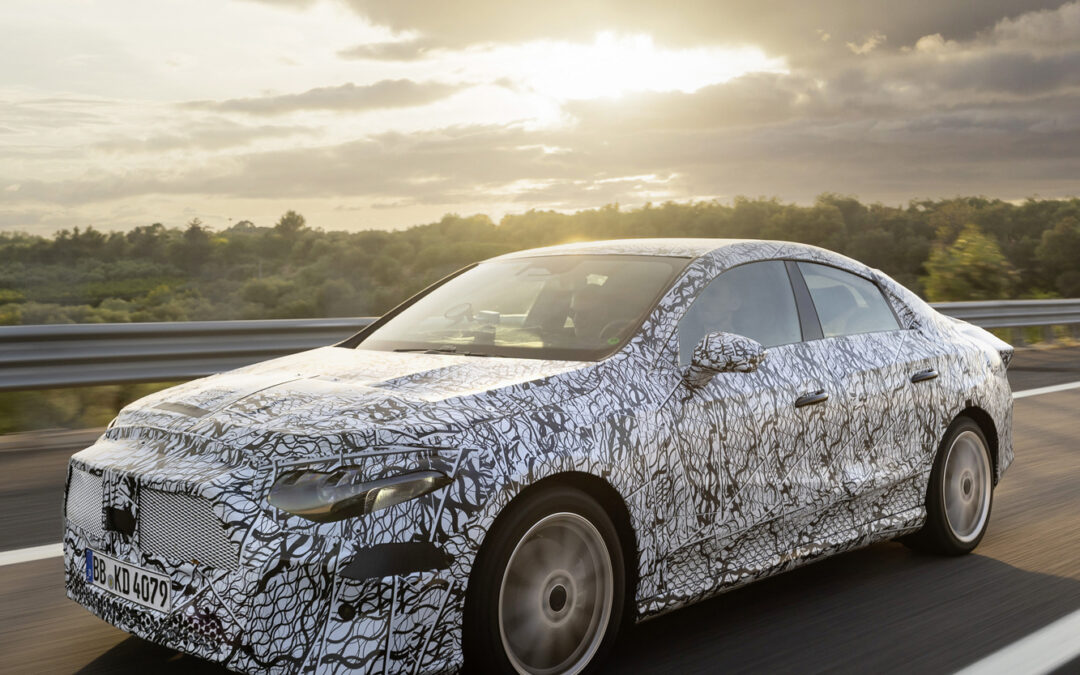Merc’s electric reboot – driven
We drive the electric car that changes everything for Mercedes
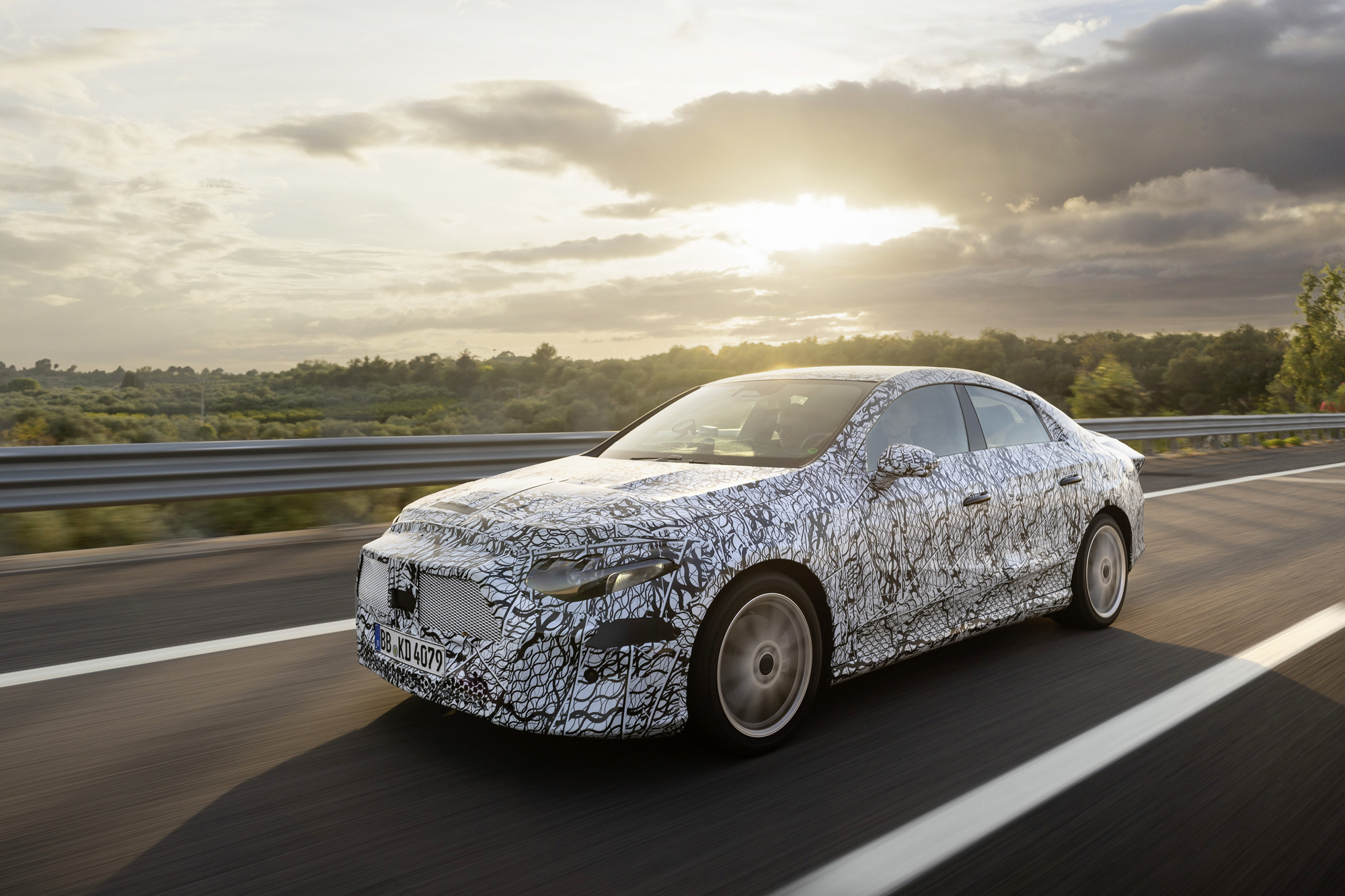
It’s a familiar name, but everything else about this Mercedes CLA is new. It’s the first car to use the versatile new MMA architecture that will underpin a generation of electric Mercs – cars aiming to banish the memory of the current underwhelming EVs from Stuttgart.
The new CLA draws on aerodynamic expertise acquired from the EQXX project – a radical electric concept that showed you didn’t need a huge battery to get long distances from a single charge. But unlike the experimental EQXX, the CLA is about to go into production as the new entry model in the Mercedes line-up. And we’ve driven it, in late pre-production form.
Thanks to MMA’s versatility, the CLA will also be available as a mild hybrid, but the car we’re driving on roads around Stuttgart and in the foothills of the Swabian Jura is pure electric. It’s called CLA 350 4Matic with EQ Technology – the rather clumsy new way of naming its models that Mercedes debuted with the latest G-Class. The badging puts the priority back on the body style and size – CL meaning coupe-ish shape, A signifying relatively small, 350 signalling that it’s more powerful than the cheaper 250 version, 4Matic meaning all-wheel drive and EQ Technology confirming that this is electric.
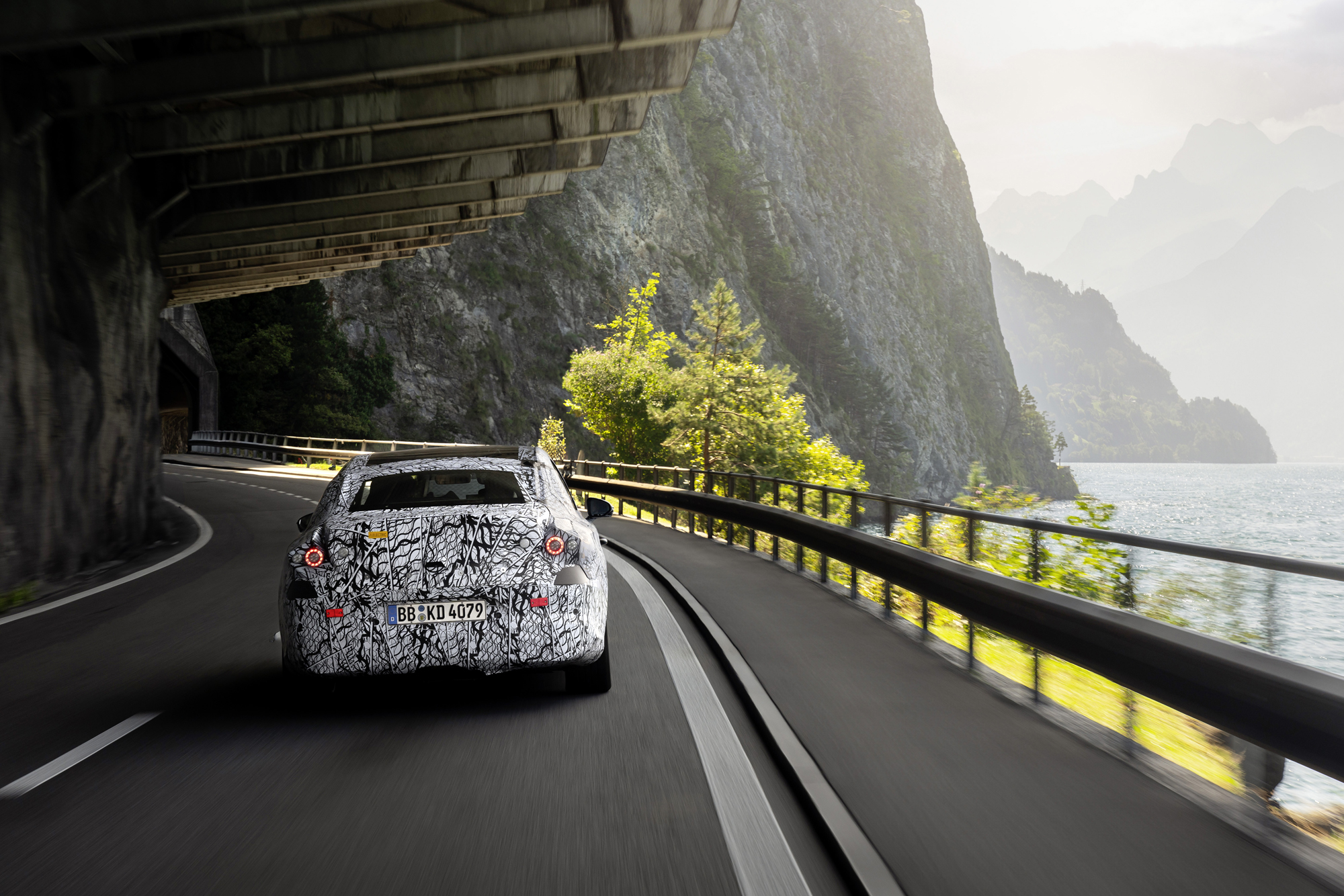
With our drive taking place four weeks ahead of the official unveiling in Rome, our test car wears freckled camouflage on the front and rear ends. Although the dashboard, too, is initially covered with black softshell disguise, two of the three flaps lift up in time for take-off, revealing a generic instrument panel for the driver and the redesigned central monitor next to it. The screen ahead of the front passenger remains covered.
With your 6ft 8in author driving, senior R&D man Markus Kern is in the front, and two lanky PR minders are in the back. This is a car that would typically be carrying one or two adults up front and one or two kids in the back, but in fact it’s surprisingly relaxed for all the occupants, thanks to a welcome 61mm wheelbase stretch and a roofline that’s 29mm loftier than the outgoing CLA.
That previous model used the old MFA platform, which has since 2011 provided the underpinnings for the A-Class and other compact front- and all-wheel-drive cars. The new CLA is the first car to use the more advanced MMA (Modular Mercedes Architecture) platform, designed for electric and 48-volt mild-hybrid combustion cars. There’s no option for plug-in hybrids or range-extender electric propulsion, a format enjoying a burst of popularity in China.
Hybrid versions get a turbocharged 1496cc four-cylinder petrol engine, codenamed M252, engineered by Mercedes but for cost reasons produced by Aurobay, a Chinese specialist supplier. It will be interesting to see if that’s an issue for customers, although there’s a long history of Mercedes engines and whole cars being built outside of Germany.
‘Eventually we reach some clearer, faster roads and can start to explore the CLA’s potential’
But I digress. We’re in our disguised electric CLA in Sindelfingen, inching bumper-to-bumper toward the A81 autobahn, and taking the opportunity to inspect the cockpit. It’s largely new, and dominated by the advanced Superscreen (three adjoining screens that span the width of the car), although the steering wheel is still essentially the same four-spoke device loaded with small and imprecise buttons, swipe pads and touchsliders.
To select the different recuperation levels you don’t use paddles but instead push or pull the spindly column-mounted gear selector. There are four levels to choose from: coasting, low, high and intelligent. The latter mode interacts with the sat-nav for optimum flux and efficiency, taking into account parameters including speed, driving style and traffic as well as climbs and descents. Since the maximum energy regeneration is a feisty 200kW, almost all braking can be fully electric rather than hydraulic-mechanical, even on slippery surfaces.
In stop-and-go traffic like this, the D Auto setting does the by-wire braking and accelerating all by itself. Eventually we reach some clearer, faster roads and can start to explore the CLA’s potential.
The 250 version has a 268bhp permanently excited synchronous motor at the rear, driving the rear wheels. Our 350, which carries an 85.5kWh NMC battery, adds to that an extra 107bhp motor at the front, which powers the front wheels when needed. Expect a 0-62mph time of 4.9sec and a 130mph top speed. Unusually for EVs – but like the Porsche Taycan – these new CLAs have a two-speed gearbox.
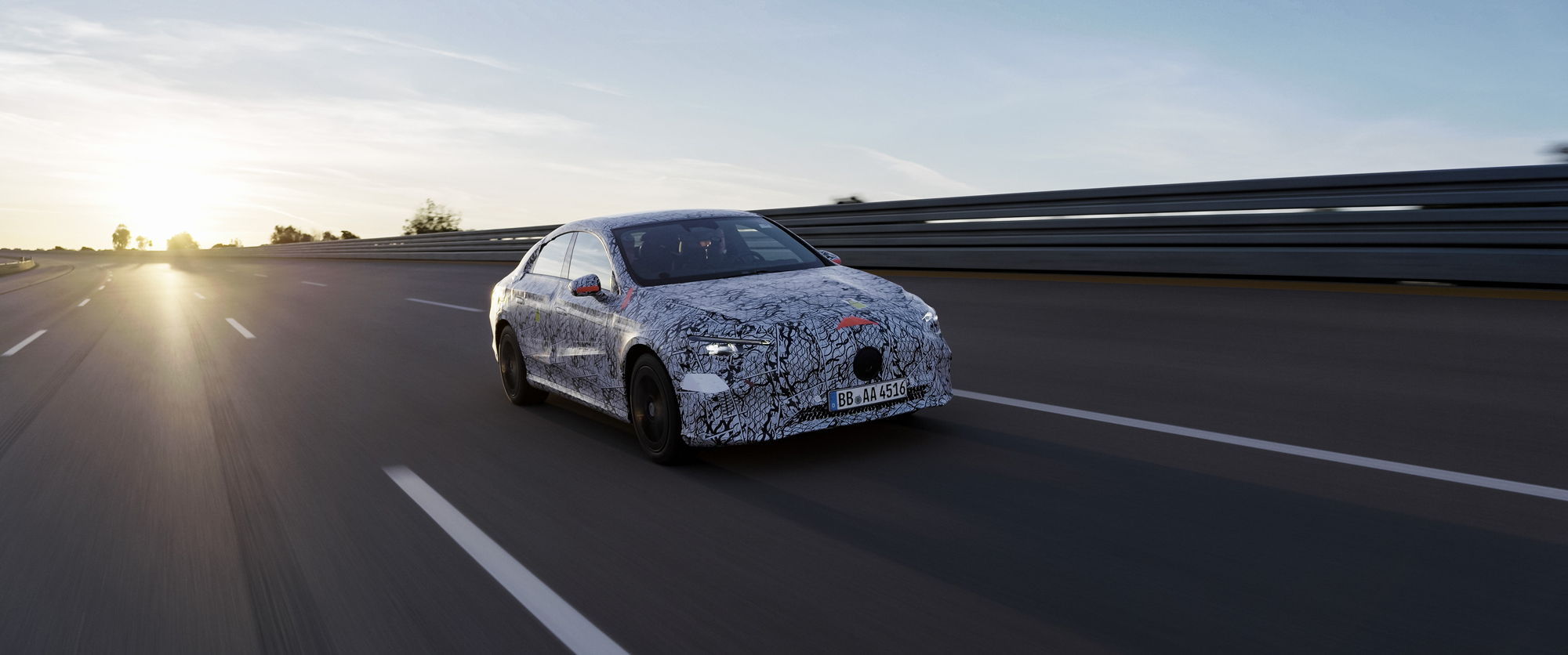
The AMG 45S version expected next year is significantly more powerful at 536bhp and uses YASA high-performance axial-flux motors and a single-speed transmission, but with virtual shifting.
There’s too much traffic, and too many speed limits, to fully explore the performance potential of our 350, but it’s very clear that this version is rapid and smooth. Quiet, too. On 18-inch winter tyres, road noise is rarely more than a distant low-frequency rumble. Wind noise has been expertly exorcised by the aero wizards who signed off the CLA with a best-in-class of Cd of 0.21 for the entry-level model, which runs on extra-narrow low-rolling-resistance 17-inch rubber, making good use of learnings from the EQXX project.
Drivetrain noise in the 350 is muted, too, with a quite subdued if sonorous full-throttle hum morphing to a part-throttle swoosh flanked by faint electric undertones. Not audible at all are the velvet-glove recuperation efforts when you ease off the accelerator. You barely notice the rare gearchanges, nor the work of the front axle’s disconnect unit (DCU), which ensures the 350 sticks to ultra-efficient rear-wheel drive unless a call for full power or an impromptu traction issue dictates otherwise.
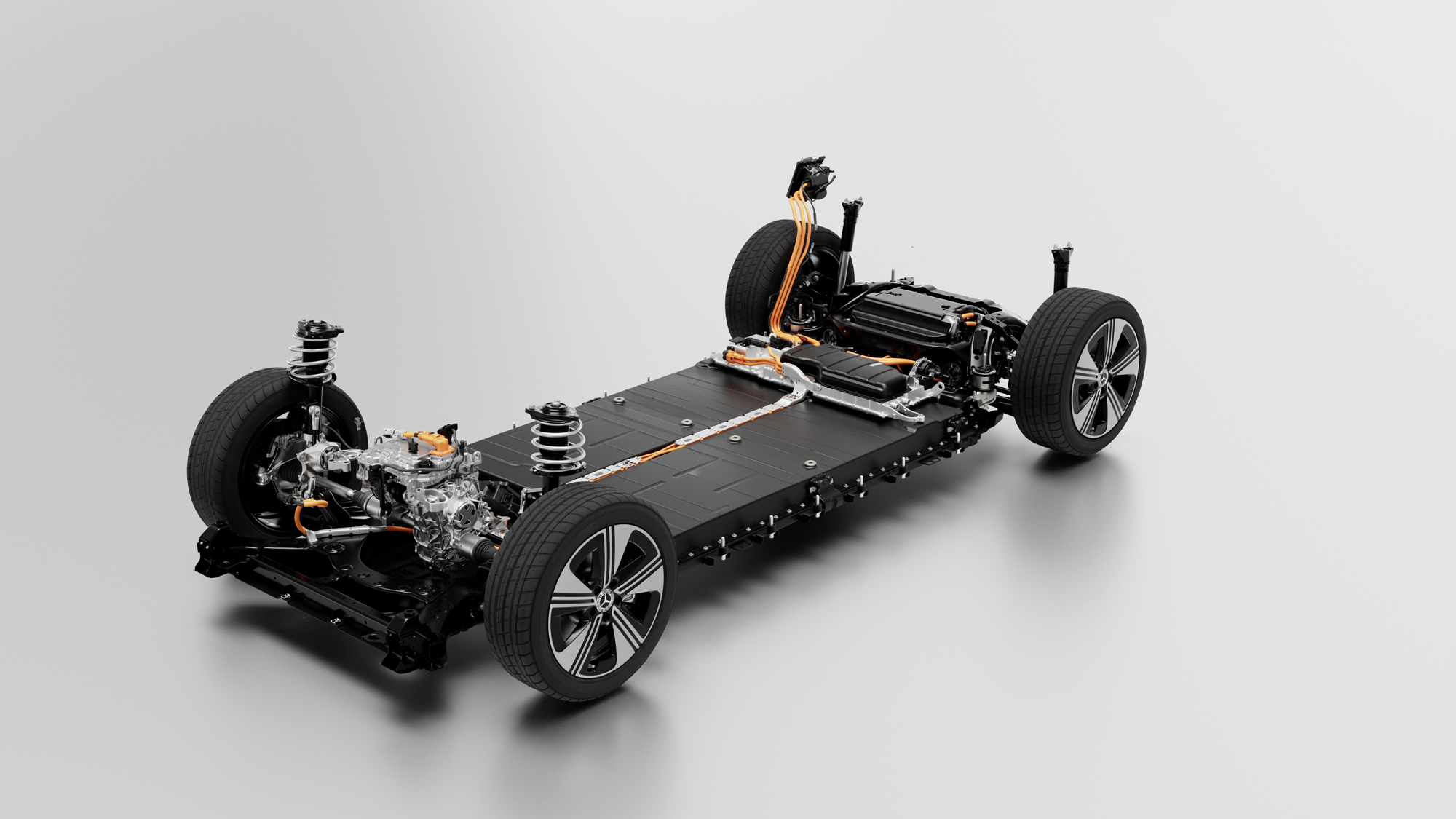
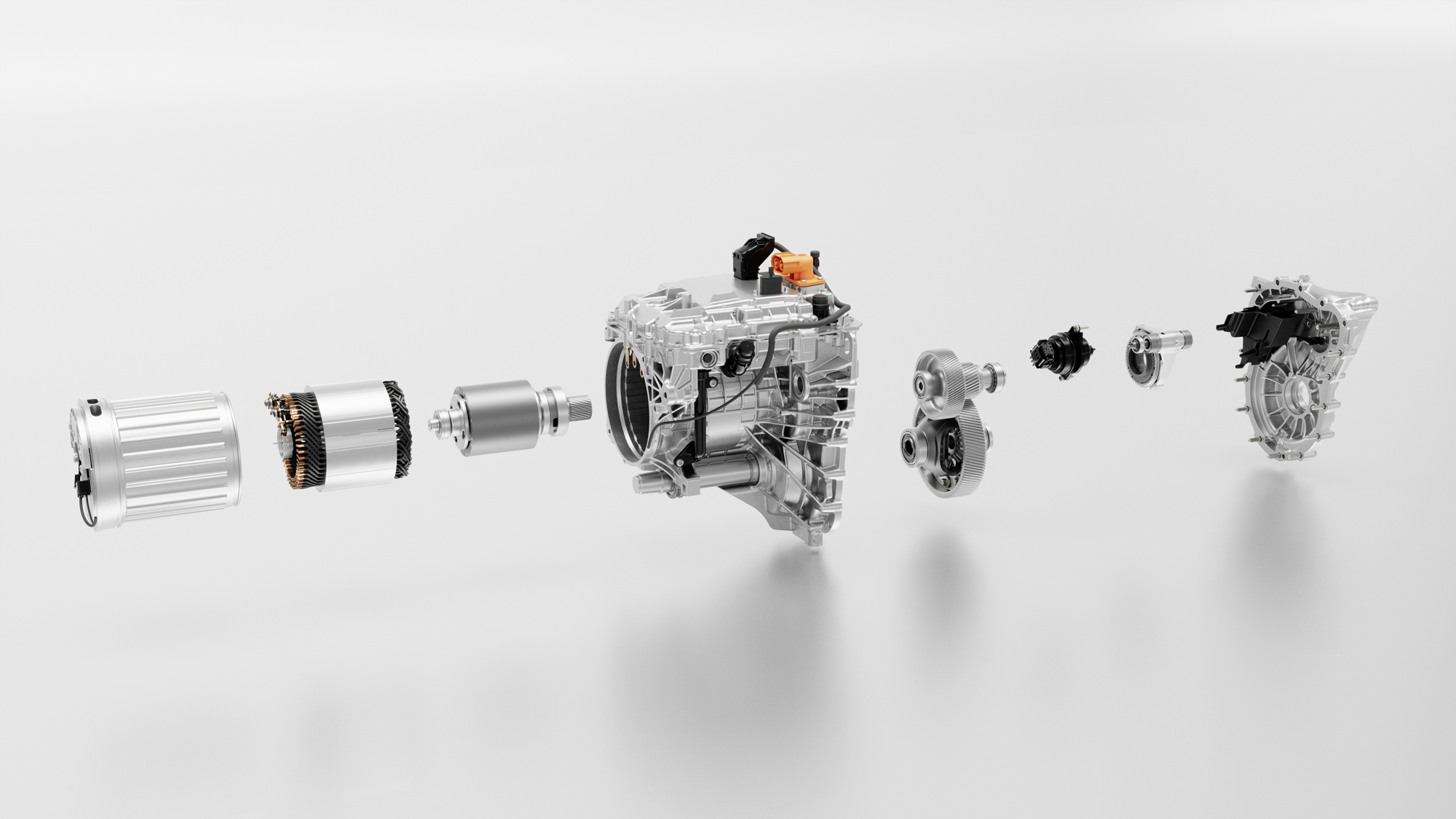

Markus Kern, the man in charge of vehicle testing, is keen for feedback, and is well aware this particular car is not free of teething troubles. Like the steering, which feels suspiciously light and lacks that crucial confidence-inspiring self-centering stiffness up to about 45mph when the calibration suddenly turns meaty and puts the road back into the palms of your hands. ‘Well spotted. It’s a late software glitch that does require attention – nothing major but irritating nonetheless. Anything else?’ The brakes perform okay, but the pedal feel is somewhat synthetic and not as progressive and intuitive to modulate as you’d hope.
The other item that takes some getting used to is the Dynamic Select driving programme activated by a button low down in the centre stack. It does what you’d expect in Eco and Comfort, but the sportier settings feel a little passive, with ESP too quick to intervene for my liking.
Kern is keen to stress that it’s not a sports car, but is meant to be enjoyable to drive: ‘MMA was conceived to involve, entertain and put a smile on your face.’ Bang on cue, we fork off to the right and start climbing a series of wooded hills on a challenging mix of fast sweepers, short straights and contracting esses that would be second-gear bends in a CLA with a petrol engine.
It handles all this just fine. There’s only so much you can tell from a couple of hours at the wheel, but dynamically the 2025 CLA is a proper Mercedes in all key respects: quiet, comfortable, predictable, safe and involving. It plots its line with effortless precision and stability, remaining neutral all the way until the tyres start miaowing in faint protest.
It raises the bar quite high for the one-size-larger C-Class due in 2027. That uses the electric-only MB.EA.M matrix, and it had better be on its game if it’s to tempt people to pay more than the price of a CLA.
After the drive we visit a studio to check out the undisguised CLA. It’s visually sharper than the jellybean EQE and EQS saloons. Depending on drivetrain and specification, the new CLA features a choice of two different grille and rear-end treatments. The electric 350 comes with 142 individually animated LED elements and an illuminated centre star. Behind that grille is a frunk capable of accommodating 105 litres of luggage. At the back the boot holds 405 litres.
‘The most complex innovation concerns the AI-enhanced operating system MB.OS’
But the really important innovations are under the skin. Just how special is MMA, with its 800-volt architecture? Its maximum fast-charging capability of up 320kW can ram 190 miles of range into the lithium-ion battery in only 10 minutes. (A cheaper, lesser battery will also be available.) The 350’s efficiency is on paper as good as 5.09 miles per kWh (although on our test drive the quickest section saw that plunge to 3.1), with range of more than 460 miles.
It has a super-efficient heat pump that uses a combination of ambient air and waste heat from the battery and elsewhere to ensure an optimum balance of working temperatures at all times.
Also worth noting are the newly added assistance systems. The three available levels are badged MB.Drive Assist, Drive Assist Plus (automatic lane changes and hands-off overtaking) and Drive Assist Pro (autonomous driving in urban areas).
The most complex innovation concerns the AI-enhanced operating system MB.OS. Linked to the proprietary cloud, the new in-dash interface is fit to execute over-the-air updates for all vehicle functions for years to come. Integrating multiple AI agents from Microsoft and Google in a single highly flexible system, MB.OS can seamlessly load from multiple external providers like video streaming platforms and gaming services.

The Zero Layer top surface pioneers an app view function which invites the user to move and group favourite applications in easily summoned individually named folders, smartphone-style. The AI-powered (ChatGPT40 and Microsoft Bing) virtual assistant taps the internet, is well-versed in natural language conversation and can be directly accessed on the Zero Layer by a star-shaped avatar.
The new software does not only encourage active dialogues between driver and machine, it also recognises emotions and responds to them through a Mood Operator, which controls ambient lighting and a variety of animations. When required, Surround Navigation taps 3D game-engine graphics to highlight buildings and zoom in on other road users in critical driving situations.
The new CLA also takes predictive energy management to the next level. Electric Intelligence is the on-board tool which plans the fastest route by responding to real-time changes in traffic density, driving style, available fast charging points and pricing, automatically preconditioning the battery en route if required. Rather than fiddling with buttons or smearing up the touchscreen, voice activation is all it takes to add, alter or eliminate stops and destinations. While the state of charge and the distance to empty are clearly visible at all times, the Rolls-Royce-like powermeter display which has replaced the revcounter is more of a gimmick.
The biggest unknown at this point is pricing. It will be the entry-level Mercedes, but don’t expect it to be cheap. Running costs should, however, be low. And although it has a broadly familiar look, it is very much a modern car, ready to compete with the latest arrivals from China and premium European rivals like the imminent BMW Neue Klasse models and the VW Group’s SSP-based contenders. And it won’t be alone – as well as the coupe-saloon CLA, the same fundamentals will also be offered in a ‘shooting brake’ estate and two SUVs.
The first attempts at wooing buyers to electric met with only partial success for Mercedes. The next generation is looking much more attractive.

